Orsted (Denmark), Equinor (Norway) and recently Enel (Italy) are preparing to withdraw from Vietnam, according to three sources revealed by Reuters . These are all "tycoons" in the wind power sector in the world.
In fact, many international energy companies once had ambitions to develop offshore wind power in Vietnam, but after many years the plan was still "unfinished" due to a series of related mechanisms and policies.
The Ministry of Industry and Trade also acknowledged that offshore wind power still faces a series of difficulties related to planning; policies, investor selection; market access conditions for foreign investors; investment in the form of public-private partnership (PPP)... In addition, issues related to security, national defense, national sovereignty; electricity prices; credit; standards and regulations for equipment, construction, and fire safety also face many difficulties.
The withdrawal of many energy "giants"
At the end of June 2021, Denmark's Orsted Group officially entered the renewable energy market in Vietnam with the desire to spend up to 13.6 billion USD to invest in an offshore wind power project in Hai Phong sea area.
Just three months later, Orsted signed a memorandum of understanding on strategic cooperation in the offshore wind power sector with the T&T Group of tycoon Do Quang Hien. This strategic partnership promises to bring a large supply of renewable energy through newly invested offshore wind power projects in Binh Thuan and Ninh Thuan provinces, with a total estimated installed capacity of nearly 10GW and a total investment value of about 30 billion USD (expected to be divided into investment phases over a period of 20 years).
However, after nearly 2 years, Orsted decided to stop "playing" in Vietnam, mainly due to unclear policies related to implementing and purchasing electricity, investor selection mechanism and electricity sales mechanism.
Following Orsted, Equinor Group – Norway’s largest energy company also decided to cancel its investment plan in Vietnam’s offshore wind power after more than 2 years of research and survey. Notably, this is the first time Equinor has closed an office in charge of international offshore wind power development.
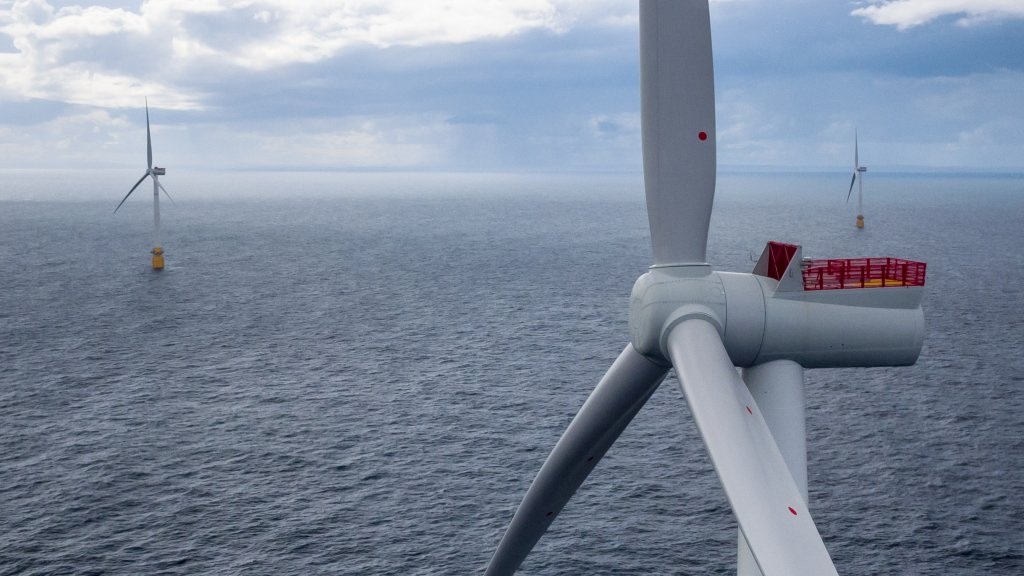
Previously, in 2021, Equinor and the Vietnam National Oil and Gas Group (PVN) signed a memorandum of understanding on cooperation in developing offshore wind power and renewable energy. The Group also proposed in writing locations for offshore wind power surveys in a number of localities such as Ba Ria - Vung Tau, Binh Thuan, Ninh Thuan, Hai Phong, Thai Binh, etc.
And most recently, the renewable energy giant Enel (Italy) is likely to leave the Vietnamese market. In June 2022, Enel announced an ambitious plan to install 6GW of renewable energy capacity in Vietnam. At that time, the group paid special attention to the potential of Vietnam's solar and wind power market.
Obviously, the withdrawal of many energy giants from the Vietnamese market shows that the attraction of the offshore wind power market in Vietnam to foreign investors is fading as related policies on deployment and purchase of electricity, investor selection mechanism and electricity sale mechanism... are not clear.
In a meeting with the Prime Minister on September 21, Mr. Do Quang Hien - Chairman of the T&T Group Strategy Committee - also said that Orsted Group - accounting for 25% of the world's offshore wind power output - decided to stop its wind power project in Vietnam in 2023 because administrative procedures were too complicated.
“Although Orsted planned to invest in a renewable energy complex in Vietnam, aiming to export energy throughout Asia, the project could not be implemented due to administrative barriers. They withdrew because the procedures were too complicated,” Mr. Hien shared.
Barriers and challenges
Inadequate grid infrastructure, regulatory barriers, overlapping plans, and difficulty in selecting investors are the reasons why Vietnam's target of 6,000 MW of offshore wind power in the next 6 years may be missed.
With a coastline of over 3,400km, Vietnam is assessed by international experts to have the best wind resources in Southeast Asia, ranking 5th in Asia and 13th in the world. According to the assessment, Vietnam's offshore wind power potential is huge, up to 600,000MW.
In fact, Vietnam has had strategic orientations for the development of this marine energy source such as Resolution 55 of the Politburo, Power Plan VIII. In which, our country sets the target of this type of power source capacity reaching 6,000MW by 2030, oriented to 70,000MW to 91,500MW by 2050.
However, the implementation has encountered many difficulties. Up to now, after more than 1 year of promulgating the Power Plan VIII, no offshore wind power project has been decided in principle and assigned to an investor. The plan has not yet clearly stated the number, capacity and location of offshore wind power projects, and the plan for connecting this power source.
Some investors said that currently, the approval of policies and selection of investors in the wind power sector still has many problems and is inconsistent between current legal management documents.
Sharing with Dan Tri reporter, Mr. Bui Van Thinh, Chairman of the Wind Power - Solar Power Association of Binh Thuan province, said that the target of achieving 6,000 MW of offshore wind power capacity in Vietnam by 2030 is difficult to achieve.
“Vietnam’s wind power has great potential for development, but there are many obstacles to exploiting it. First of all, Vietnam lacks mechanisms and policies for wind power development, while the FIT price mechanism has expired and a new price mechanism is still waiting to be issued. The same goes for offshore wind power, there are also gaps in policies and mechanisms,” he emphasized.
According to the Chairman of the Wind and Solar Power Association of Binh Thuan Province, Vietnam's power transmission grid infrastructure is not yet secure. Therefore, when the proportion of renewable energy increases, including wind power, the risk of grid insecurity will increase.
“In addition, plans such as mineral planning; marine space planning; aquatic and seafood exploitation planning… still overlap and are not clearly defined. This makes it difficult for businesses that want to invest in offshore wind power development,” Mr. Thinh acknowledged.
Similarly, Dr. Du Van Toan, renewable energy expert, Institute of Marine and Island Research (Ministry of Natural Resources and Environment) also said that currently, there are almost no legal documents specifically regulating offshore wind power, but only mentioned in Power Plan VIII. Specifically, in regulations related to the sea such as the 2012 Law of the Sea of Vietnam, there are no specific regulations on leasing sea surface to the renewable energy industry in general and offshore wind power in particular.
The 2015 Law on Marine and Island Resources and Environment also does not regulate the survey, research, and construction of marine economic development projects in general (private capital) and offshore wind power in particular, but only regulates the survey and basic research with budget capital.
Regarding regulations related to environmental licenses, Dr. Du Van Toan said that the 2020 Law on Environmental Protection also does not clearly stipulate whether specific renewable energy projects in the green portfolio with the goal of reducing greenhouse gas emissions and Net Zero can minimize some environmental impact assessment contents or not.
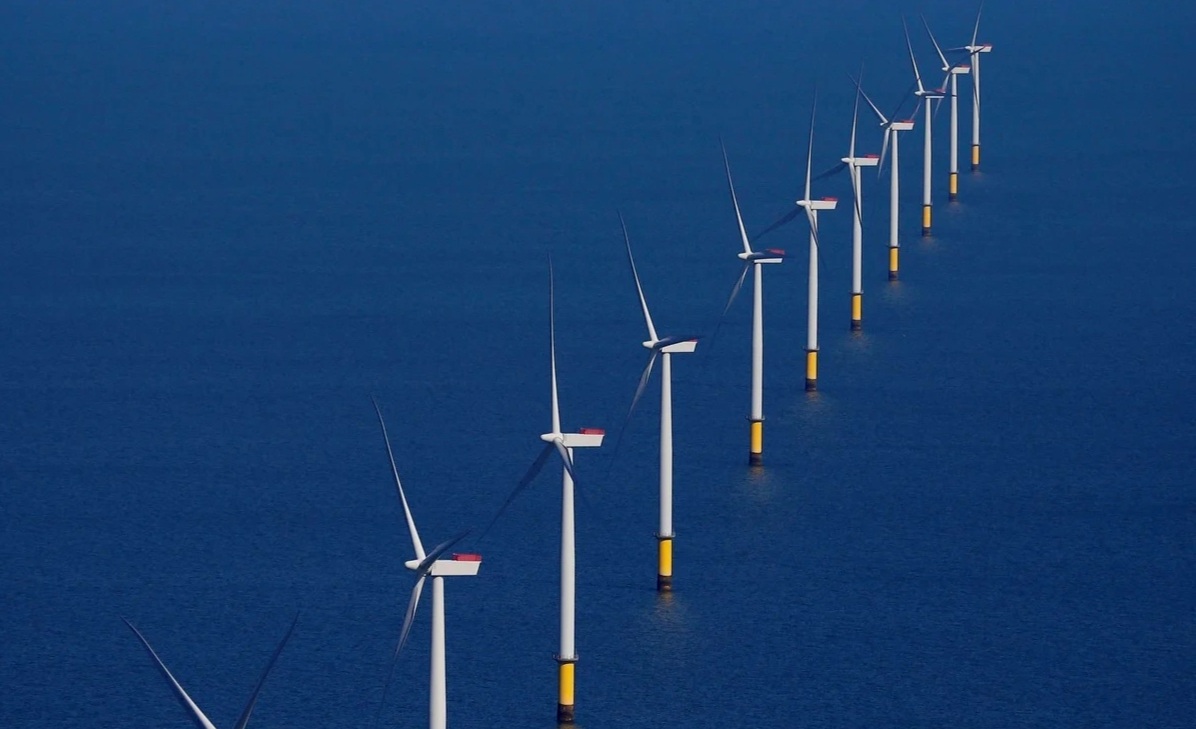
“In addition, our country lacks regulations on the approved sea area for use in wind measurement, geological and topographic surveys, and environmental impact assessment (each sea area will have different regulations due to different wind speed, density, turbine capacity, geological conditions, and sea terrain),” the expert said.
According to Dr. Toan, Vietnam lacks regulations on the maximum wind power capacity for a project to both encourage investors to participate and ensure a balanced power transmission system. There are no regulations on the expected capacity to be surveyed in each planning period to match the total offshore wind power capacity according to the Power Plan VIII.
“In addition, the criteria for selecting project developers with experience, capacity and clear commitment to the progress and quality of offshore wind power surveys have not been established. There are also different understandings about allowing (or not allowing) foreign organizations and individuals to conduct wind measurement, geological and topographic surveys at sea…”, the offshore wind power expert pointed out.
Need breakthrough solutions
To overcome difficulties and promote offshore wind power projects to develop as expected, Dr. Nguyen Quoc Thap, Chairman of the Vietnam Petroleum Association, said that it is necessary to synchronously amend and supplement relevant laws. At the same time, amend the charter of organization and operation and financial regulations of state-owned economic groups in the energy sector such as PVN, Vietnam Electricity Group (EVN)...
“It is necessary to strengthen and expand international cooperation, learn about investment management models, and operate effectively in the energy sector, including offshore wind power,” said the Chairman of the Vietnam Petroleum Association.
Regarding breakthrough solutions, Dr. Thap recommended considering issuing a specialized resolution of the National Assembly including necessary conditions and allowing parallel implementation with the process of perfecting laws in the spirit of that specialized resolution.
Sharing on the sidelines of the launch of the report “Vietnam Energy Outlook – Road to Net Zero Emissions (EOR 24)” at the end of June, Ms. Giada Venturini, Senior Advisor of the Danish Energy Agency, said that when setting up the scenarios, experts considered technical and economic factors.
“In the Net Zero scenario, offshore wind is the most cost-effective, but is expected to be deployed from 2035 and then ramped up to 2050 based on PPA (power purchase agreement) targets,” she said, adding that regulations need to be accelerated to achieve this goal.
In the report “Vietnam Energy Outlook – The Road to Net Zero Emissions”, the research agency said the investment and construction process of offshore wind power takes a long time of 6-10 years.
“Therefore, to achieve the scale of offshore wind power according to Power Plan VIII and higher goals, it is necessary to soon issue a legal framework as well as regulations and guidelines to ensure the speed of implementation, including marine spatial planning, price framework and clear licensing process,” the report noted.
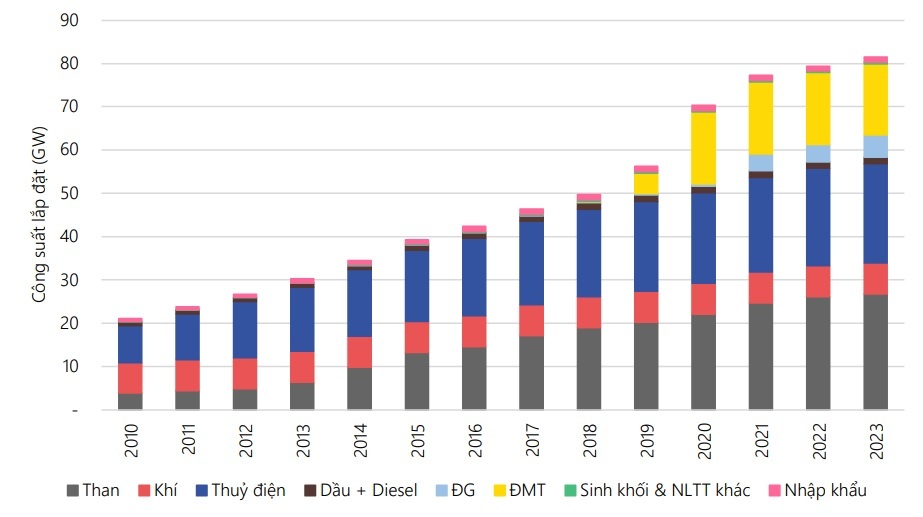
At the same time, studies on available connection locations, port infrastructure, supply chains and workforce readiness should be conducted early. In addition, Vietnam should soon deploy pilot offshore wind power projects according to the orientation in Power Master Plan VIII to accumulate experience, minimize risks and costs, as well as raise awareness among competent authorities and increase investor confidence.
In particular, experts pointed out that the early promulgation of a legal framework and specific regulations and guidelines is a prerequisite for the effective and timely implementation of offshore wind power projects.
The report also pointed out that the cost of offshore wind power is forecast to decrease in the future, the abundant wind resources in some areas offshore Vietnam combined with the assumed limited solar power potential, will increase the demand for development and demonstrate the importance of offshore wind power in Vietnam in the long term.
In the announcement of the conclusion on resolving difficulties in offshore wind power development on October 1, Deputy Prime Minister Bui Thanh Son said that there is not much time left from now until 2030, so the early implementation of offshore wind power projects is very necessary to ensure the implementation of the targets set out in the Power Plan VIII.
The Deputy Prime Minister requested the Ministry of Industry and Trade to urgently coordinate with the Vietnam Oil and Gas Group (PVN) to report and propose to the Prime Minister on the necessary contents and procedures to consider PVN's implementation of offshore wind power surveys, and report before October 5.
At the same time, continue to closely coordinate with relevant ministries and agencies to research and synthesize opinions on difficulties and issues that need to be amended and supplemented to the Electricity Law and other relevant legal regulations to complete the Electricity Law project (amended).
Or send to the Ministry of Planning and Investment for synthesis, propose in the project a Law amending many laws, submit to the National Assembly at the 8th session, strengthen the legal corridor for implementing energy projects, including offshore wind power projects.
Dantri.com.vn
Source: https://dantri.com.vn/kinh-doanh/loat-ong-lon-ngoai-roi-viet-nam-dien-gio-ngoai-khoi-van-loay-hoay-20240920135618392.htm


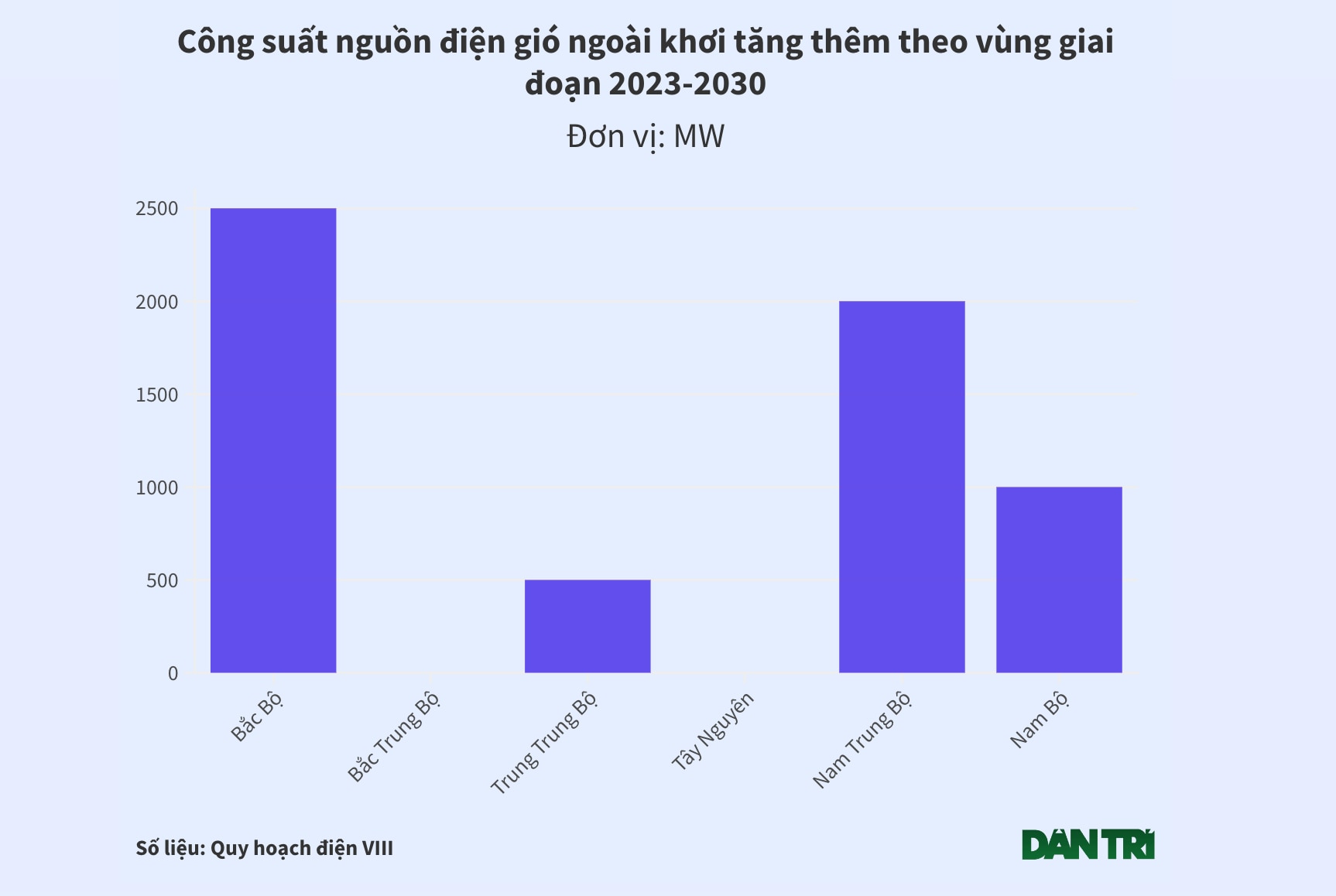
![[Photo] General Secretary To Lam receives Japanese Ambassador to Vietnam Ito Naoki](https://vstatic.vietnam.vn/vietnam/resource/IMAGE/2025/4/3/3a5d233bc09d4928ac9bfed97674be98)

![[Photo] Moment of love: Myanmar people are moved to thank Vietnamese soldiers](https://vstatic.vietnam.vn/vietnam/resource/IMAGE/2025/4/3/9b2e07196eb14aa5aacb1bc9e067ae6f)
![[Photo] Special relics at the Vietnam Military History Museum associated with the heroic April 30th](https://vstatic.vietnam.vn/vietnam/resource/IMAGE/2025/4/3/a49d65b17b804e398de42bc2caba8368)



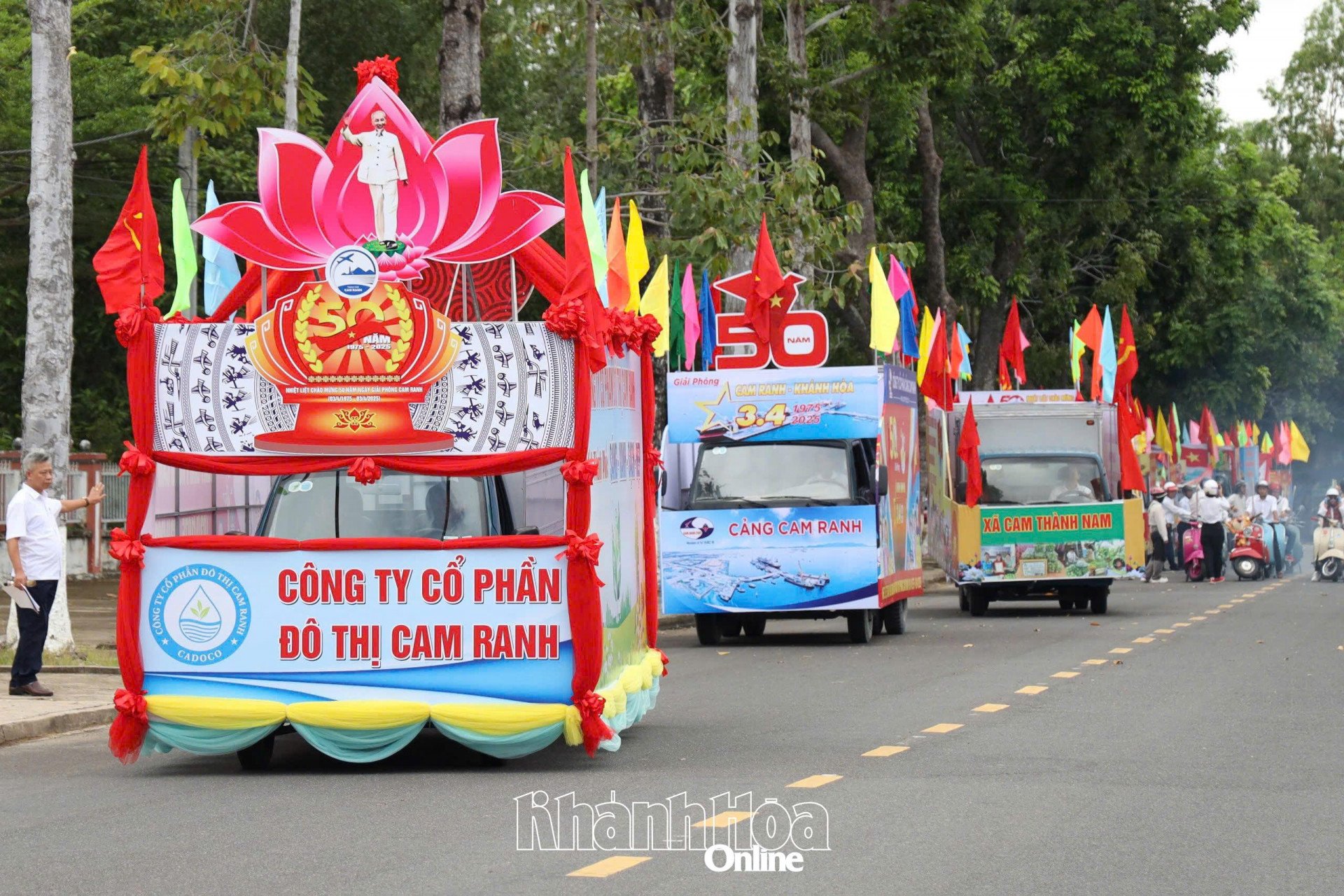

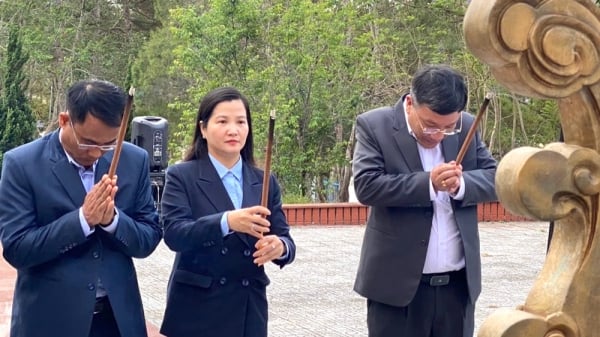

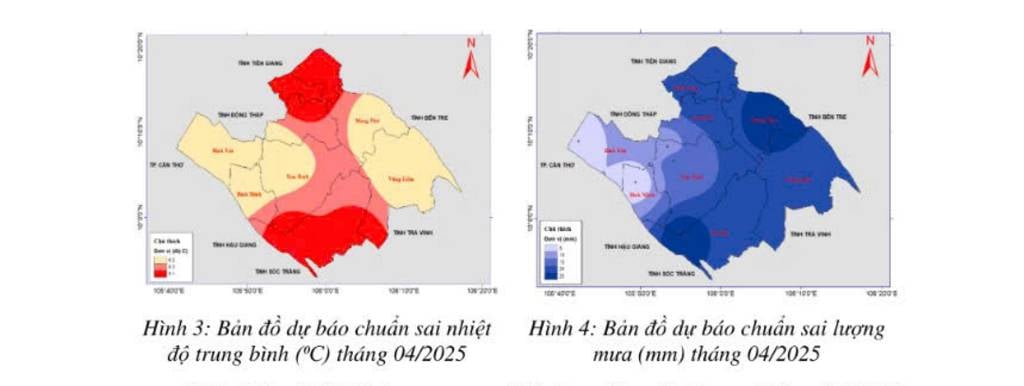
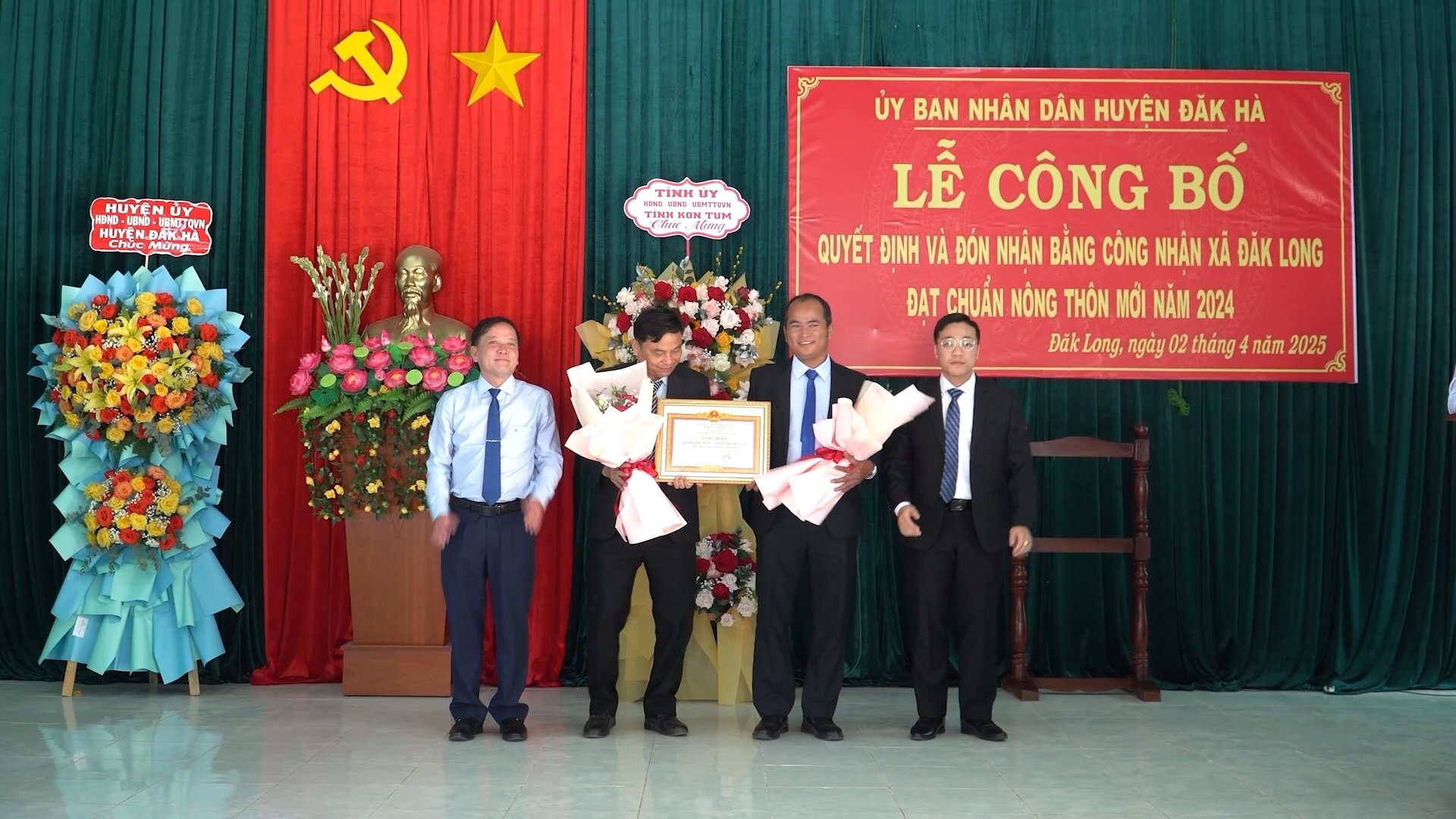
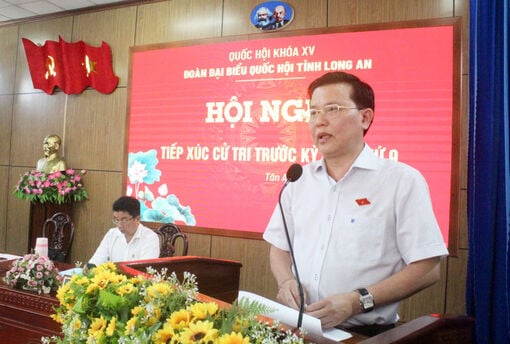
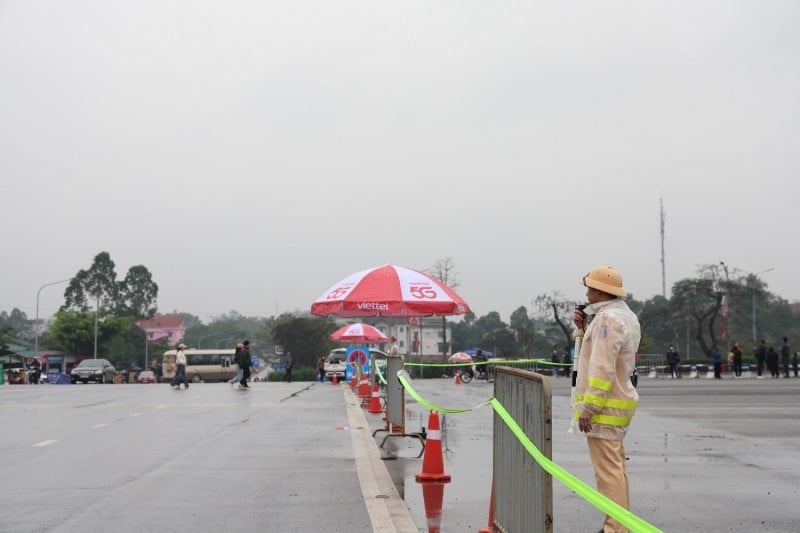








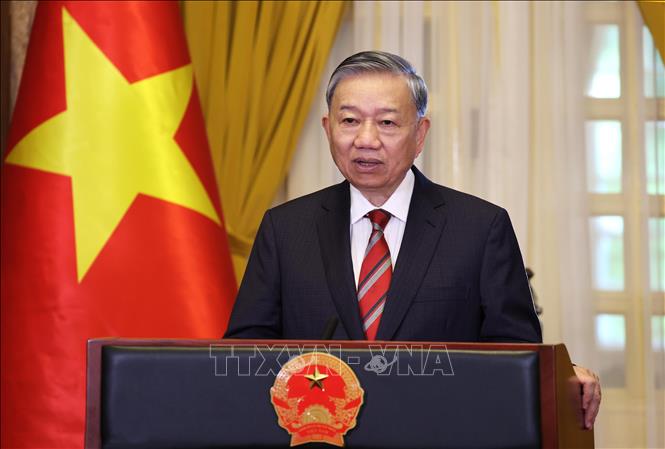
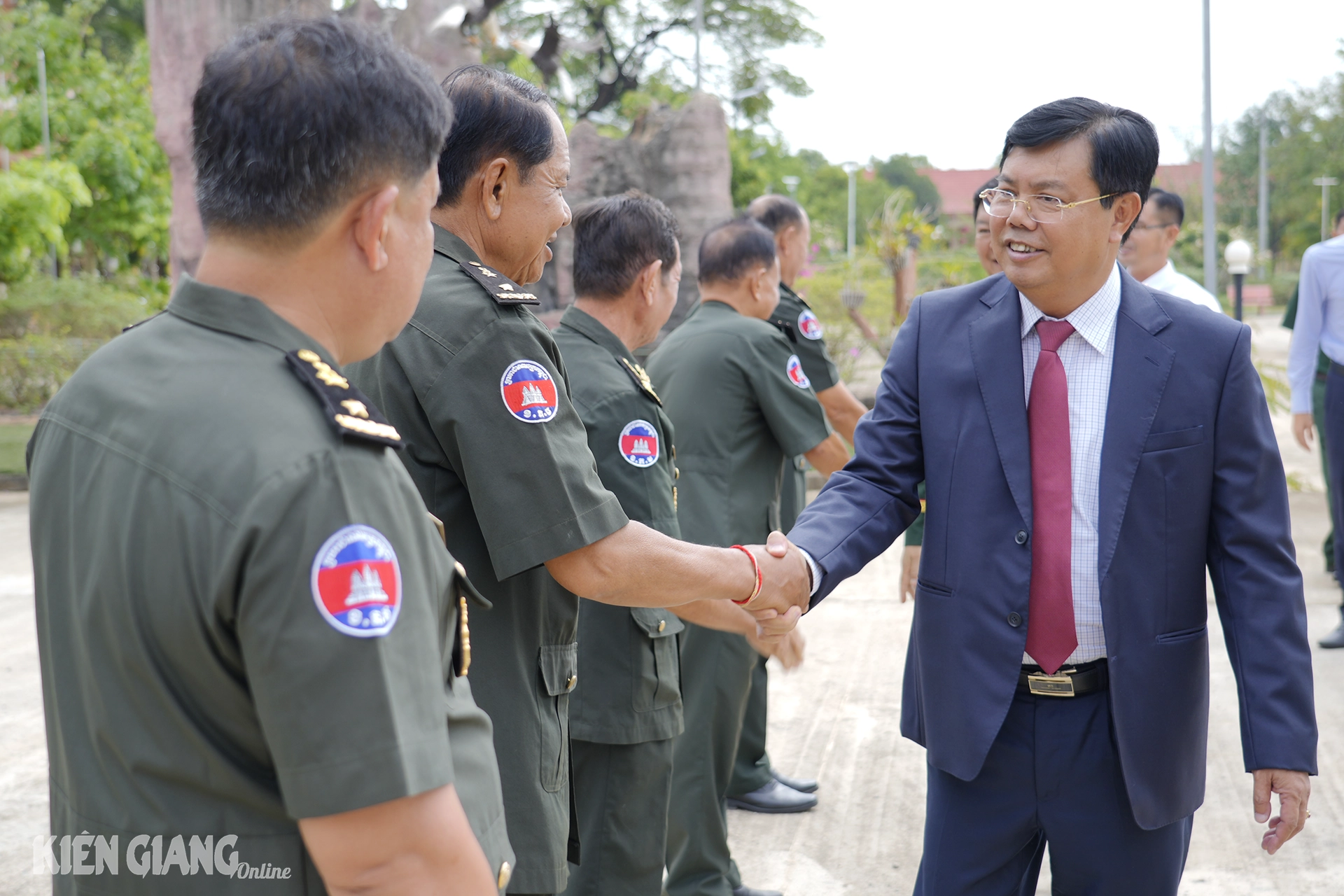





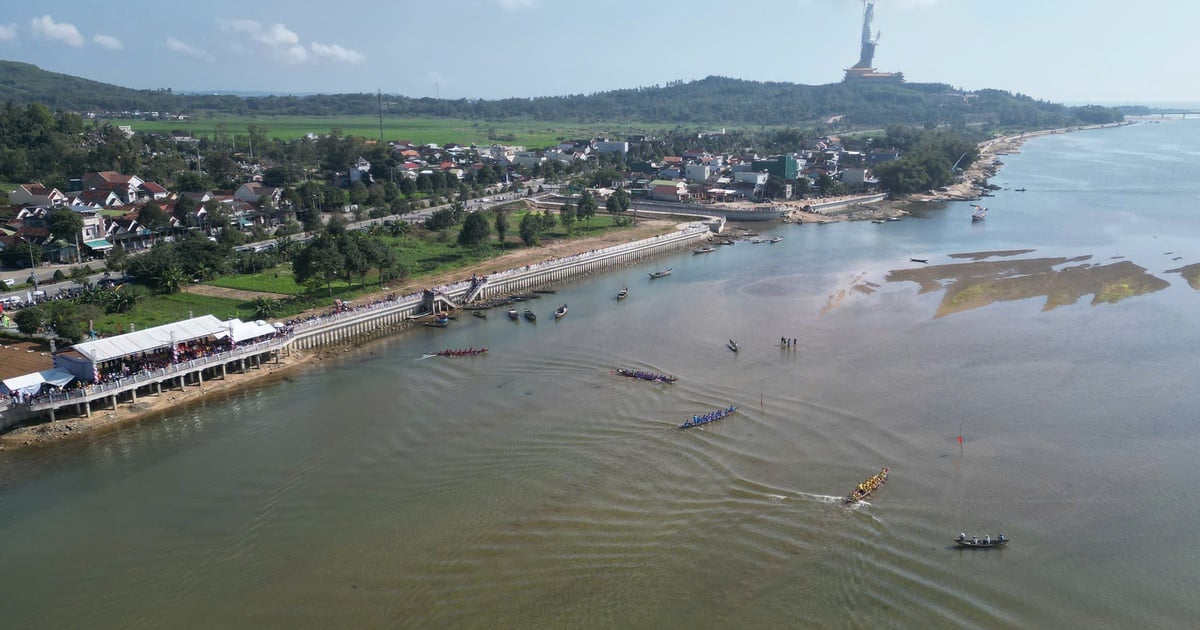


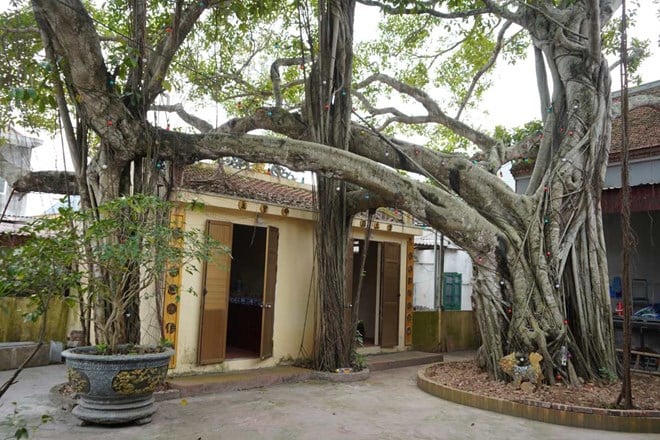











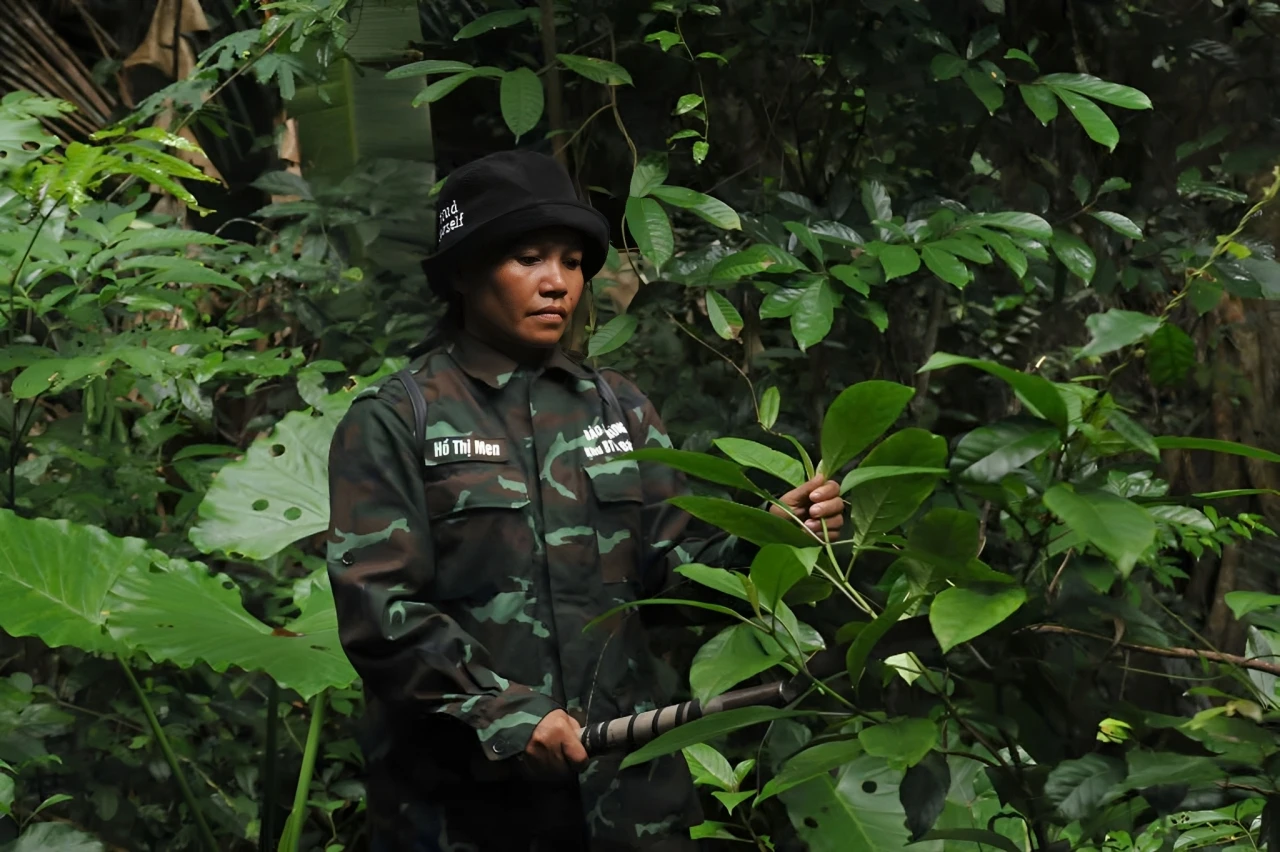











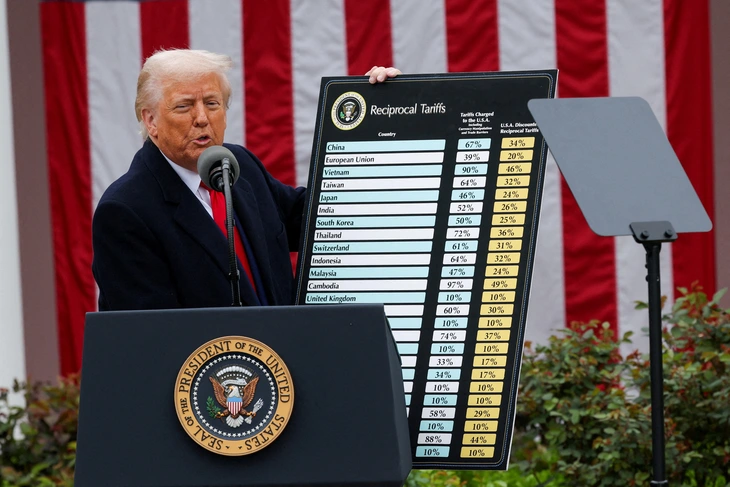





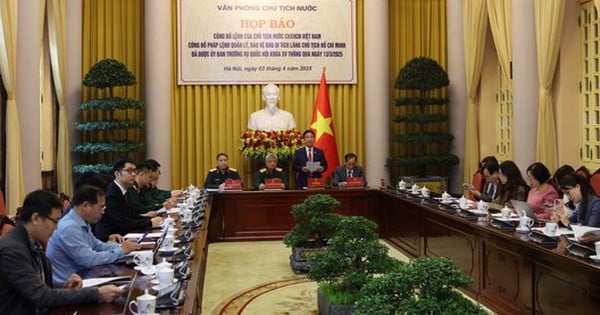




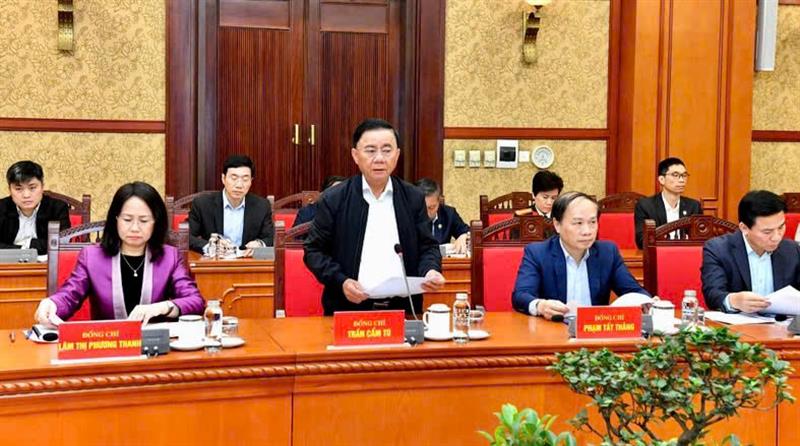


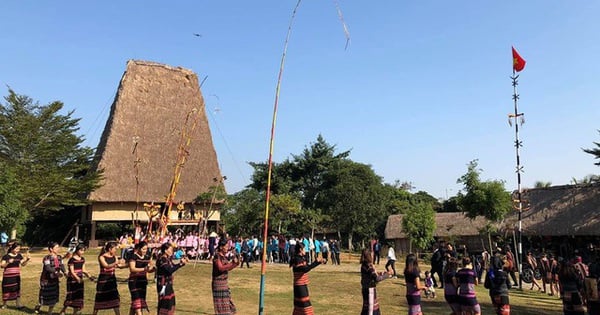
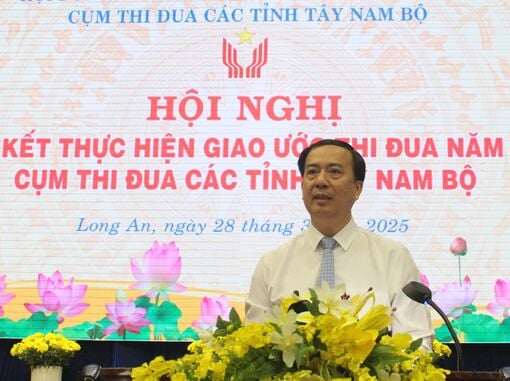














Comment (0)